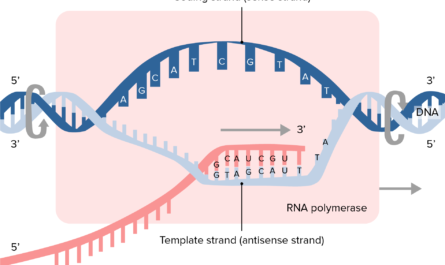Introduction
Our bones and joints allow us to move freely and perform day to day activities with ease. However, sometimes due to accidents, trauma, diseases or other medical conditions, we lose parts of our limbs resulting in reduced mobility. This is where orthopedic prosthetics can help restore lost mobility by replacing missing bone or joint structures.
History of Orthopedic Prosthetics
The earliest known prosthetic devices date back to ancient Egypt when people used cork, wood and animal skins to replace missing limbs. However, modern Orthopedic Prosthetics became popular during the World Wars when many soldiers lost their limbs in battles and needed prostheses to lead normal lives. This spurred innovation in prosthetic materials and designs. Some key milestones include the introduction of artificial limbs made of plastic and lightweight alloys in the 1960s-70s.
Advancements in Designs and Materials
Today, biomaterials play a vital role in developing prosthetic designs that more closely mimic natural anatomy. Carbon fiber and composite materials provide strength and lightweight designs. Plastic and thermal-set resins allow complex customization. 3D printing and laser scanning enable precise digitization of residual limbs for custom-fitted sockets. Myoelectric and body-powered prostheses use sensors and microcontrollers to allow users to control artificial hands and fingers through muscle signals or body movements.
Upper and Lower Body Prosthetics
Upper Limb Prosthetics
For people missing an arm or hand, various myoelectric and cosmetic prostheses are available. Myoelectric hands have motorized fingers and thumb that open and close based on electrical signals from muscles in the remaining arm. Some advanced models can perform pinch grips and complex hand functions. Cosmetic hands help restore natural appearance. Socket suspension systems provide secure attachment.
Lower Limb Prosthetics
For leg amputations, there are different prosthetic options based on the level of amputation. For below-knee amputations, prostheses have a knee joint, shank and artificial foot. C-Leg and microprocessor knees dynamically respond to changes in walking speed and terrain. Running-specific legs enable athletes to return to their passion. For above-knee amputations, prostheses provide greater flexibility through hip joints attached to a pelvic band.
Recovery, Rehabilitation and Prosthetic Training
Rehabilitation greatly impacts how well a person adapts to their prosthetic device. It involves exercises to strengthen residual muscles, practices wearing the prosthesis for increasing durations and learning how to walk, stand and perform other activities while being safely supported. Gait training helps master coordinated movements. With practice over weeks/months, amputees train their brains to send signals through alternative neural pathways to control the artificial limb. Most achieve near-normal mobility given sufficient training and therapy.
Advancing Rehabilitation Through Virtual Reality
Virtual reality (VR) systems are increasingly incorporated into rehabilitation programs. VR environments allow practicing activities in an immersive simulation without risks of falling. Feedback on gait, balance and joint movements help therapists optimize training. For amputees unable to travel for in-person therapy, VR provides a feasible alternative for supervised home rehabilitation. Integration of VR with wearable sensors and prostheses holds promise to enhance long-term outcomes.
Orthopedic prosthetics have greatly advanced over the decades to serve the mobility needs of millions of amputees worldwide. Continued innovations in materials, designs, power sources and control interfacing aim to restore near-natural function. Combining technological prostheses with customized rehabilitation maximizes opportunities to return to prior activities and independence. Looking ahead, refinements in digitization, biomechatronics and neural interfaces could one day enable intuitive motor control exceeding biology.
*Note:
1. Source: Coherent Market Insights, Public sources, Desk research
2. We have leveraged AI tools to mine information and compile it




